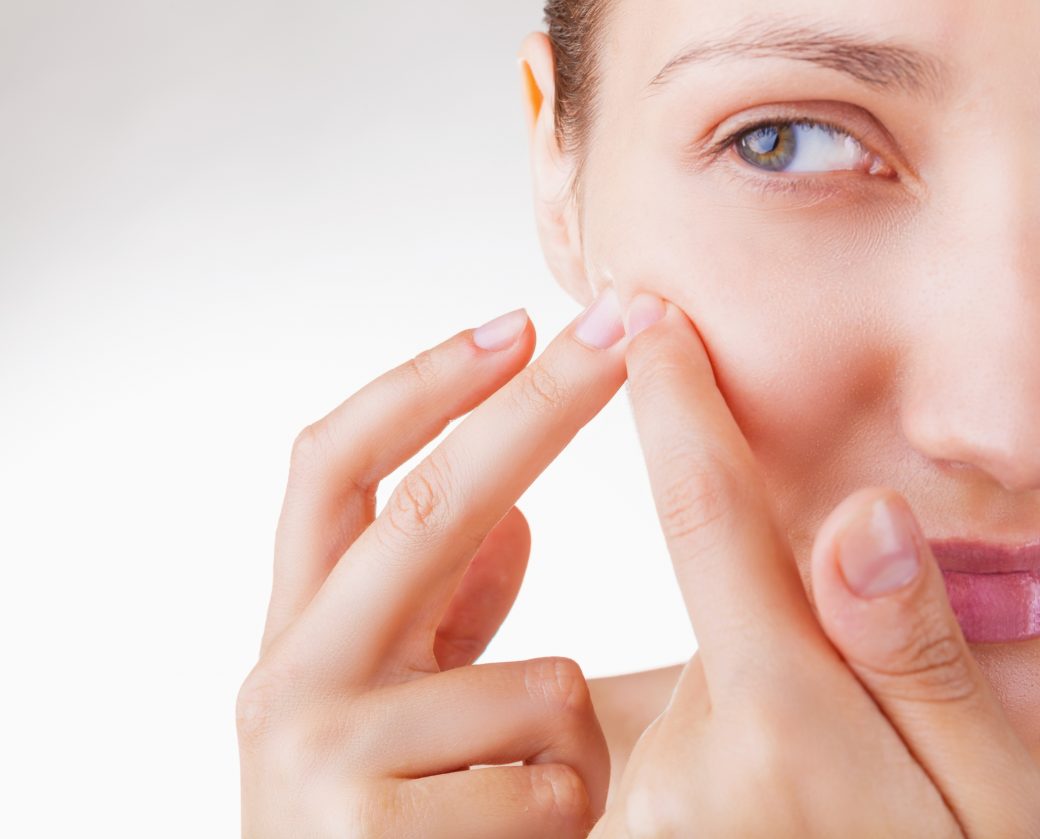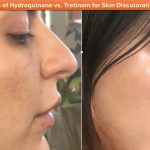Everyone dream for the flawless and spotless skin and to get that skin a use of chemical peel to work in skin conditions is not new. We take different products to make our skin healthy & clean and we use several products to deal with acne vulgaris and other topical problems. Salicylic Acid Cream is one such product that provides an excellent solution in clearing skin blemishes with care.
Dealing with the Skin Conditions
Facing some minor skin conditions like acne, bumps, pimples, blackheads, whiteheads, and sunspots are very common to see. Generally, we ignore these conditions unless they really make an emotional and social impact. Acne vulgaris is a common cutaneous disorder of the pilosebaceous follicle that affects more than 90% of all adolescents. Typically, the lesions are pleomorphic including open and closed comedones as well as inflammatory papules, pustules, cysts, nodules, and scarring. These conditions may have a significant effect on your self-esteem.
On the other hand, many people tend to use some chemical items like glycolic acid, salicylic acid, and lactic acid. There is nothing wrong if a beauty product having such substances and it’s helping to your skin types. Topical Salicylic Acid can heal acne by reducing skin swelling and redness. It has the capacity to unplug the blocked skin pores, allowing pimples to shrink. Salicylic Acid has proven its effectiveness on various skin conditions, no matter what skin complexion you have or whichever race you belongs to.
Use of Chemical Beauty Products
Chemical peeling refers to the application of a chemical agent to the skin. Such a chemical contact may cause the minor or major destruction of a limited or entire epidermis. Chemical peeling could also cause skin exfoliation, setting a path to the regeneration of new epidermal and dermal tissues. Usually, peeling is considered as a simple and effective procedure to rejuvenate skin, while other newer techniques like laser therapy and plastic surgery have some risks and are not affordable for all. Salicylic Acid is being widely used and heals many common dermatological conditions because of its keratolytic properties.
What Salicylic Acid Contains
Salicylic Acid is the only member of the beta-hydroxy acid family, which has keratolytic properties. Its lipid soluble quality allows it to interact with multilamellar structures surrounding keratinocytes in the stratum corneum and hair follicle. Moreover, Salicylic Acid is a hydroxyl derivative of benzoic acid and it represents a carboxylic acid attached to an aromatic alcohol, phenol. That’s why it proves to be effective to deal comedonal and inflammatory acne as well as post-inflammatory pigmentation of the skin. The Salicylic Acid cream are available in various strengths ranging from 0.5% to 30%.
How to use Salicylic Acid
Use Salicylic Acid under the direction of your dermatologist who can tell you about the ideal amount of Salicylic cream that suits your skin. Usually, this cream is used with a pad or cotton ball to apply it properly. Salicylic Acid products are available with certain instructions, so try to follow them for proper application and positive results.
When to apply Salicylic Acid Cream:
The application frequency differs from person to person. It may be used as frequently as several times a day or several times a week, depending on the severity of skin condition. Your dermatologist can explain how much and how many times you need to apply Salicylic Acid contain the product to avoid its excessive use. Remember that too much use of this cream increases the chance of absorption through the skin that could be harmful.
Precautions
You have to be careful while applying this cream and take some safety measures to avoid any unwanted skin conditions. Some of its precautionary measures include:
- Do not use Salicylic Acid preparations for children under 3 years old.
- Using Salicylic Acid during pregnancy in not recommended in order to avoid any potential risk to the fetus.
- A nursing mother should not use this cream in the chest area as it could raise the risk of accidental contamination to the child.
- Tell your dermatologist if you are allergic to Salicylic Acid cream or any other beauty products made of salicylic acid with other ingredients.
- You should check the package label for a list of the ingredients before using the product.
- Avoid any other topical agents that include benzoyl peroxide, topical retinoids, and calcipotriol along with salicylic acid.
Side Effects of Salicylic Acid:
There are some possible, but minimal side effects of topical Salicylic Acid. Some of these side effects include:
- Skin irritation
- Stinging in the area where you applied topical salicylic acid
- Swelling or redness
- Itching
It’s very rare to experience severe allergic effects of the topical Salicylic Acid. However, serious reactions, including anaphylaxis have been reported in some cases. Some other allergic effects are confusion, diarrhea, rapid breathing, continuous ringing or buzzing in the ears, nausea, vomiting, dizziness, headache, severe drowsiness.
Salicylic Acid offers better results:
As per the study, Salicylic Acid offers better results to repair skin conditions than lactic acid. The research study taking the application of Salicylic Acid (30%) and lactic acid peel (85%) was carried out at the Dermatology, Venereology and Andrology Department, Assiut University Hospitals, in the period between December 2010 and February 2012. The Institutional Ethics approved the study design.
Researchers found that patients with mild acne showed excellent improvement in 30% of the patients, 50% showed good improvement, and 20% showed fair improvement after using Salicylic Acid cream. On the other hand, the same people used lactic acid on the other side of the face showed 15% of excellent improvement, 35% showed good improvement and 30% showed a fair improvement.
It’s also important to mention that any adverse reactions like burning sensation that lasted for a few minutes were experienced in most of the patients after using both the solutions. None of the patients experienced any sort of post inflammatory hyperpigmentation.
Available in different brands
Salicylic Acid cream for repairing skin condition is available over-the-counter under different brand names. You should check the name of ingredients to ensure that the skin care product you are using has Salicylic Acid. Consult your dermatologist to know more about this product.





